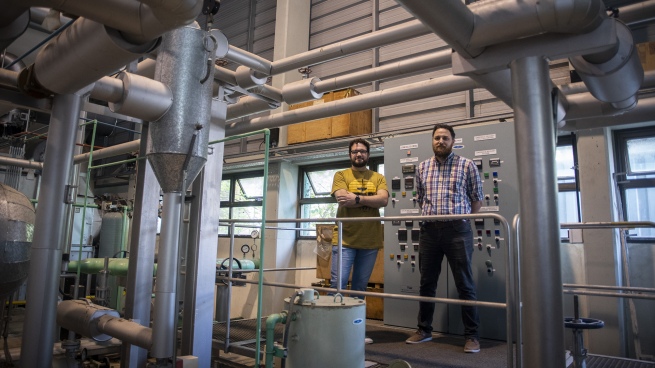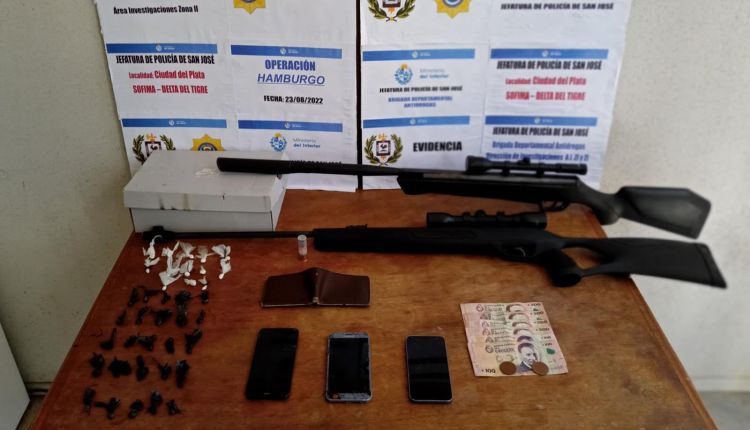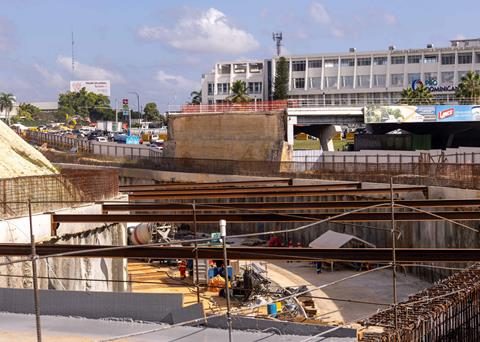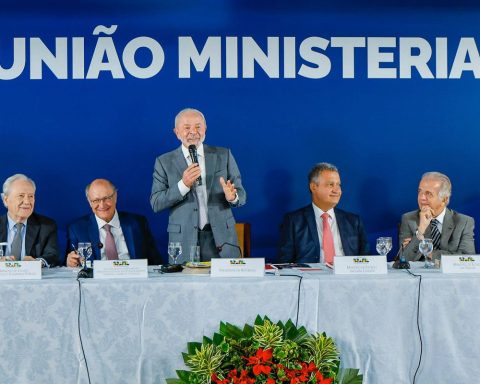Steam engines, an invention of the late eighteenth century, have their recognition in the Modern Steam Weekan event that from this Monday will be carried out by the National Institute of Industrial Technology (INTI), in which they will also pay tribute, 100 years after their birth, to the Entre Ríos engineer Livio Dante Porta, considered the father of Modern Steamwhose legacy still drives technological developments in the railway system and the generation of sustainable energy in the country.
This is how they explain it the experts Pablo González Táboas and Pablo Romero, mechanical engineers from the Department of Non-Destructive Testing and the Energy Efficiency Area of INTI respectively, who agreed on the importance of valuing the history of this technology in the country and to continue promoting its use “because it still has a lot to contribute”.
Beginning its development at the end of the 18th century, steam engines were perfected over time until they reached their apogee on the eve of the Second World War, especially with regard to locomotives, which promoted the construction of vast public and private railway networks. private, which would later be replaced by diesel locomotives and the electrification of the system.
“Modern steam, a concept on which the engineer Dante Porta worked a lot, sought to advance on the developments of that classic steam, the one we know from the first Industrial Revolution and which still needed to achieve much more efficiency and further optimize processes. steam thermodynamics” González Táboas explained to Télam.

For his developments in this technology between the 1940s and 1980s, especially in the railway system, Porta is considered the father of Modern Steam and an international benchmark to this daywith great influence in South Africa, Cuba, Paraguay, the United States and the United Kingdom, among other countries.
However, even with notable advances, modern steam “has not been able to exploit its full potential,” said the INTI specialist and assured that “it is a challenge to continue developing it as a means of energy transport.”
An INTI initiative
Within this framework and coinciding with the centenary of the birth of Porta, the National Boiler and Pressure Vessel Inspection Board, an initiative promoted by INTI for a decade, will carry out the Modern Steam Week, with the presence of Argentine trains Capital Humano and Ferrocarriles Argentinos Sociedad del Estado.
The activities will take place from next Monday to September 23 at the Miguelete Technology Parkin the Buenos Aires town of San Martín, with an agenda that includes presentations by specialists in the use of steam in different fields.
“It is a fair tribute to Dante, who should be a prophet in his land, for his technical contributions but also for his way of seeing the country and the railway homeland,” said González, noting that, long ago, Argentina was the cradle “of the best developments in modern steam and railways and it is from there that we have to work to continue growing as a country.”
“What Porta was always looking for was to reduce the inefficiencies of a machine, from a thermodynamic point of view and not a purely mechanical one,” explained Romero, who has been working for more than a decade in the Energy Efficiency Area of INTI, that Porta integrated between 1960 and 1983.

Porta, the father of modern steam
Among other contributions, the engineer promoted the modernization of pistons and steam distribution valves in engineswith designs capable of working with good lubrication at much higher steam temperatures than those used until then, achieving as a result of their innovations almost doubling the efficiency of a locomotive of that time.
In addition, he was the creator of a specific water treatment, considered “one of the greatest contributions to the railway industry”.
“He observed that there were problems with the water that they put (to the railwaymen) in the stations, which varied a lot in quality, so he created a treatment that was independent of the quality of the water that they put in the boiler. That was quite revolutionary for what was available at that time,” said the specialist.
His notes are today documents of “enormous historical and scientific value” and its technical developments are still valid in different INTI tasks, such as the enhancement of different steam elements, including locomotives, or the development of alternative energy projects with modern steam technologies.
“The INTI has its function of assisting the industries around the optimization and sustainability of the processes and rightly supported many times in modern steam applications is that the improvement of energy efficiency is achieved, which in turn makes the processes more sustainable, which is what we need today,” González explained.

The project
Since 2013 and under the guidelines of that “wise engineer”, specialists from the institute work on the restoration and modification for tourism purposes of an old steam locomotive in the Buenos Aires municipality of Ayacuchowith the idea of linking this town with Tandil and even reaching Maipú and Barker.
Likewise, they are in charge of maintaining and controlling the emblematic steam railways “Tren del Fin del Mundo” in Tierra del Fuego, where Porta made indispensable contributions, and “La Trochita” in Chubut.
In addition to being attractive for possible tourist purposes, the experts assured that they represent a great opportunity for encourage sustainable development of public and industrial transport systems based on modern steam tractionwhich is in turn extensible to the production of other pressure elements.
“This must be the basis for recognizing ourselves as a country that can achieve a lot of technological, railway or whatever development, which is the basis for growing as a nation,” they concluded.


















